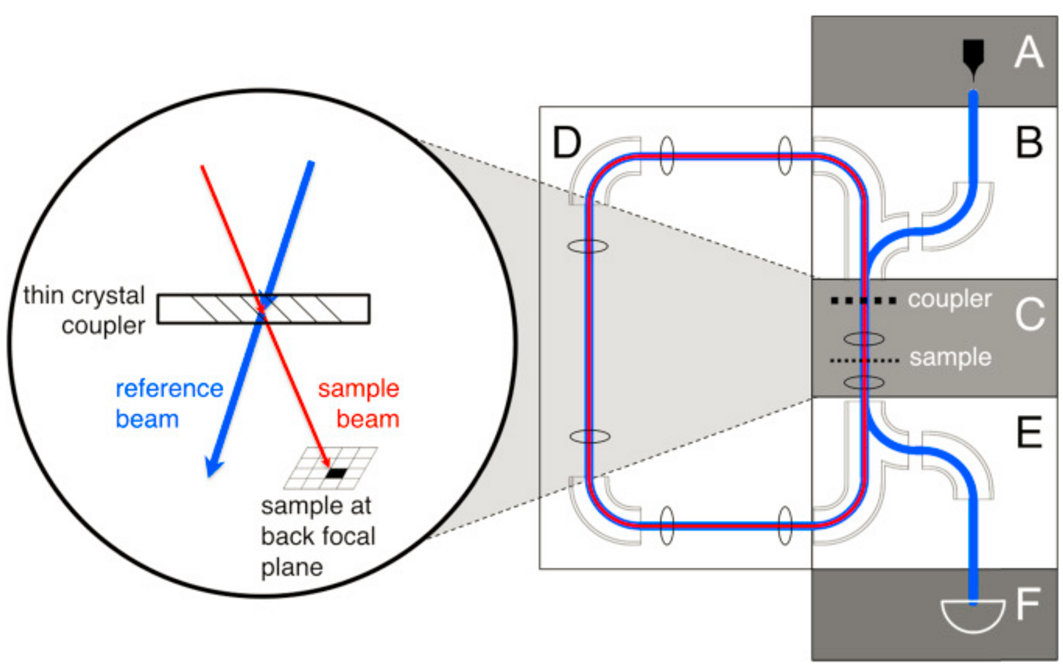One of the astounding consequences of quantum mechanics is that it allows the detection of a target using an incident probe, with only a low probability of interaction of the probe and the target. This ‘quantum weirdness’ could be applied in the field of electron microscopy to generate images of beam-sensitive specimens with substantially reduced damage to the specimen. A reduction of beam-induced damage to specimens is especially of great importance if it can enable imaging of biological specimens with atomic resolution. Following a recent suggestion that interaction-free measurements are possible with electrons, we now analyze the difficulties of actually building an atomic resolution interaction-free electron microscope, or “quantum electron microscope”. A quantum electron microscope would require a number of unique components not found in conventional transmission electron microscopes. These components include a coherent electron beam-splitter or two-state-coupler, and a resonator structure to allow each electron to interrogate the specimen multiple times, thus supporting high success probabilities for interaction-free detection of the specimen. Different system designs are presented here, which are based on four different choices of two-state-couplers: a thin crystal, a grating mirror, a standing light wave and an electro-dynamical pseudopotential. Challenges for the detailed electron optical design are identified as future directions for development. While it is concluded that it should be possible to build an atomic resolution quantum electron microscope, we have also identified a number of hurdles to the development of such a microscope and further theoretical investigations that will be required to enable a complete interpretation of the images produced by such a microscope.
“Designs for a quantum electron microscope.” P. Kruit, R.G. Hobbs, C-S. Kim, Y. Yang, V.R. Manfrinato, J. Hammer, S. Thomas, P. Weber, B. Klopfer, C. Kohstall, T. Juffmann, M.A. Kasevich, P. Hommelhoff, K.K. Berggren. Ultramicroscopy, Available online 10 March 2016, ISSN 0304-3991, http://dx.doi.org/10.1016/j.ultramic.2016.03.004.
